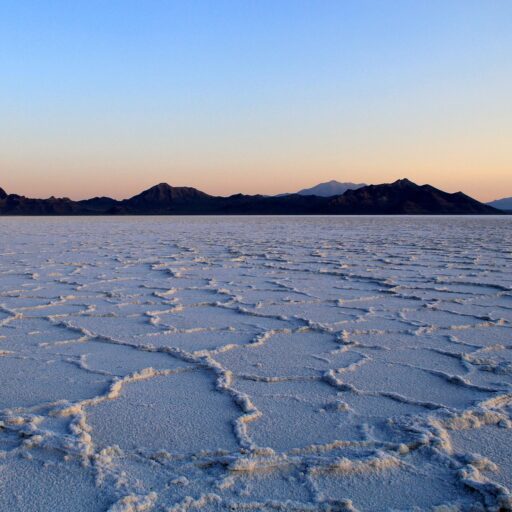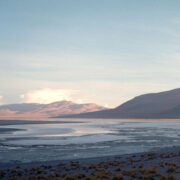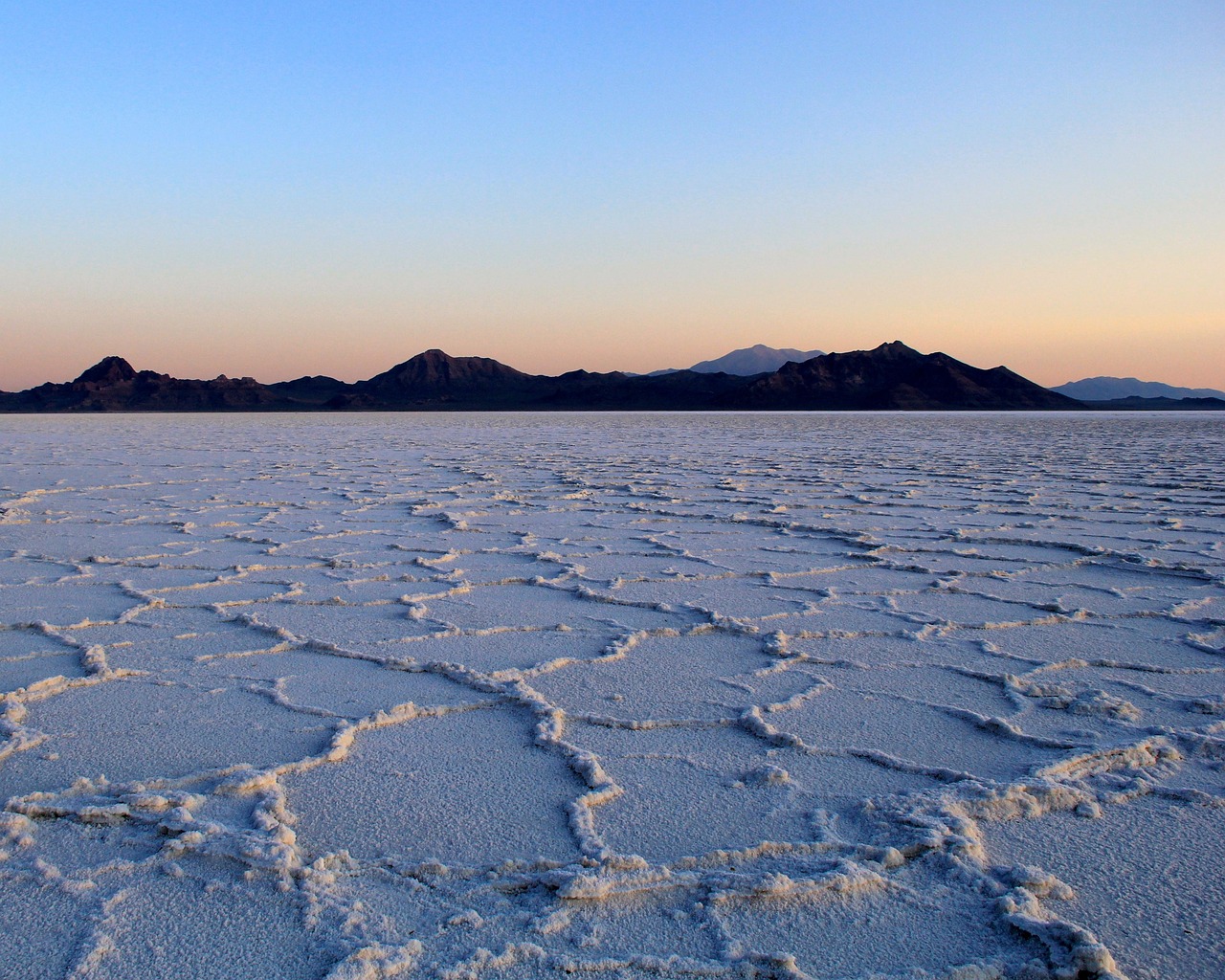Long-term water shortage management and Proposed Solutions explained
Proposed Solutions, and more
The Great Salt Lake: Balancing Water Needs in a Changing Climate
The Great Salt Lake, a vital ecosystem and economic resource for Utah, faces a critical water shortage. This inland sea, a vital component of the regional water cycle, is in a precarious state, requiring urgent attention and collaborative action.
The Challenge:
The Great Salt Lake’s shrinking water levels pose a significant threat to the environment, human health, and the local economy. As a vital source of water for surrounding communities, its decline necessitates a comprehensive approach to water conservation and management.
Addressing the Issue:
A multi-faceted approach is necessary to address the Great Salt Lake’s water shortage:
- Water Conservation: Implementing strategies to reduce water consumption across all sectors, including residential, agricultural, and industrial use, is crucial. This includes promoting water-efficient technologies, implementing smart irrigation practices, and exploring alternative water sources.
- Ecosystem Restoration: Restoring the Great Salt Lake’s ecological health through targeted restoration efforts can mitigate the impacts of water loss and promote biodiversity. This may include enhancing wetland habitats and supporting the recovery of sensitive species.
- Collaborative Solutions: Building partnerships between government agencies, businesses, and communities is essential to develop and implement sustainable solutions. This includes engaging in open dialogue, sharing resources, and fostering shared responsibility for the health of the lake.
The Active Climate Rescue Initiative:
The Active Climate Rescue Initiative serves as a dedicated partner in addressing water shortage challenges across the Great Basin. Through research, advocacy, and community engagement, the Initiative fosters collaboration and drives sustainable water management practices.
Conclusion:
The future of the Great Salt Lake depends on our collective commitment to conservation, innovation, and responsible water management. By working together, we can turn the tide on this critical environmental challenge and ensure the long-term health and vibrancy of this valuable ecosystem.
The Great Salt Lake: A Thirsty Story
TL;DR – The Great Salt Lake is facing a serious water shortage. This is due to climate change, overuse of water, and a lack of snow in the mountains. The problem affects wildlife, the environment, and local communities. To solve this, we need to conserve water, use new farming methods, and make better water laws.
The Great Salt Lake’s Water Cycle: A Balancing Act
The Great Salt Lake, a giant inland sea in Utah, is like a giant bathtub. It gets filled by water flowing from rivers and streams, all fed by melting snow from the mountains. This is its “inflow.” When water evaporates from the lake, it leaves behind salt, making the water salty. This is the lake’s “outflow.”
But this balance is getting disrupted.
The Shrinking Lake: Signs of Trouble
The Great Salt Lake is shrinking fast. Over the past few decades, the lake’s water level has dropped dramatically. This is due to several factors:
- Climate Change: The climate is getting hotter and drier, leading to less snowfall and more evaporation.
- Water Use: People in Utah use a lot of water for farms, cities, and homes. This leaves less water to reach the lake.
Impact on Utah: A Ripple Effect
The shrinking lake has a big impact on Utah:
- Dust Storms: Dry lakebed creates dust that can cause health problems and harms air quality.
- Wildlife: The shrinking lake is bad for birds, fish, and other animals that rely on it.
- Economy: The lake is important for tourism and recreation. A shrinking lake hurts these industries.
Finding Solutions: Turning the Tide
We need to act to save the Great Salt Lake:
- Conserving Water: This means using less water at home, in agriculture, and in cities.
- New Farming Methods: Farmers can use water-saving irrigation techniques.
- Better Water Laws: New policies can manage water resources more effectively.
Active Climate Rescue Initiative: A Powerful Partner
The Active Climate Rescue Initiative is a group working to solve water shortage problems across the Great Basin. They’re working with communities, governments, and scientists to find solutions.
A Long-Term Vision: Building a Sustainable Future
The Great Salt Lake is a valuable part of Utah’s environment and economy. Solving the water shortage problem is a long-term challenge, but it is one that we can overcome with hard work, new ideas, and a commitment to a sustainable future.
This means working together, conserving water, and using new technologies to protect this important part of our world. It’s a challenge, but it’s one that we can face together.
More on Long-term water shortage management…
- ## Long-Term Water Shortage Management Keywords:
- **Water Scarcity Management
- **Water Stress Solutions
- **Drought Management Strategies
- **Sustainable Water Use
- **Water Conservation Techniques
- **Water Resource Management
- **Water Security
- **Water Supply Planning
- **Water Demand Management
- **Climate Change and Water Scarcity
- **Water Efficiency Technologies
- **Water Reuse and Recycling
- **Desalination Solutions
- **Groundwater Management
- **Water Infrastructure Development
- **Water Governance
- **Water Policy
- **Water Education and Awareness
- **Integrated Water Resource Management (IWRM)
- **Water Footprint
- **Virtual Water
- **Water Stewardship
- **Water Security Assessment
- **Water Risk Management
- **Water Shortage Mitigation
- **Water Scarcity Adaptation
- **Urban Water Management
- **Agricultural Water Management
- **Industrial Water Management
- **Water Pricing and Incentives
- **Water Technology Innovation
- **Water Data Analytics
- ## Proposed Solutions Keywords:
- **Water Conservation Solutions
- **Drought Mitigation Strategies
- **Water Efficiency Improvements
- **Water Harvesting Systems
- **Greywater Reuse Systems
- **Rainwater Harvesting
- **Drip Irrigation
- **Smart Water Metering
- **Leak Detection and Repair
- **Water-Saving Appliances
- **Water-Efficient Landscaping
- **Water Treatment Technologies
- **Water Recycling Solutions
- **Desalination Plant Development
- **Groundwater Recharge Programs
- **Water Infrastructure Upgrades
- **Sustainable Water Development
- **Water Policy Reform
- **Water Education and Training
- **Community-Based Water Management
- **Water Pricing Mechanisms
- **Water Market Development
- **Water Conservation Incentives
- **Water Innovation Hubs
- **Water Technology Partnerships
- **Water Investment Opportunities
- **Water Research and Development











